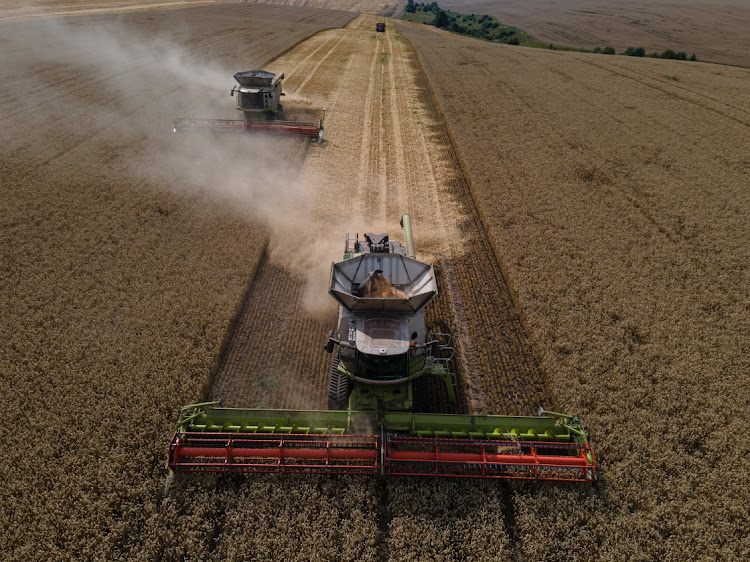South Africa’s economic luck will run out in 2023

Next year will be tougher than 2022 due to policy inaction
South Africa’s economic performance since the recovery from the pandemic has been largely a story of luck in that it has been driven more by external factors and less by deliberate domestic policy and action.
While the third quarter of this year’s real economic growth surprised on the upside, registering a quarterly growth of 1.6% against expectations of 0.4%, a look beneath the headline number shows an economy stifled by domestic policy inaction.
Some of the luck that carried the economy is running out while policy inaction continues, which points to a tougher 2023.
Let me first give credit where its deserved. There are three visible strong policy pillars that have been the source of resilience during the multiple crises of the Ukraine war and the subsequent food and energy price hikes, lingering Covid restrictions in China, aggressive interest rate hikes by the US Fed and the consequent surge in the US dollar, and unprecedented domestic load-shedding.
The South African Reserve Bank’s monetary policy stance, the National Treasury’s positive fiscal policy surprises and the improvements in tax revenue collection by Sars have anchored the resilience of markets during this year’s sell-off.
In the year-to-date, US 10-year bond yields are up 193 basis points, while Germany, Italy and the UK are up 195, 219 and 206 basis points. Brazil, which is close in character to South Africa, has seen its 10-year bond yields rise by 202 basis points. By contrast, South Africa’s 10-year bond yields are up 122 basis points, much lower than the rich countries and Brazil.
“The positive fiscal policy surprises that have delivered better than expected tax revenue collections over the past two years will fade”
South African equities, as measured by the MSCI SA index, are up 0.7% year-to-date while Brazilian equities are up 3.1%. For context, the equivalent measure for emerging markets as a whole is down 22% over the same period. Developed markets equities are down 18%, reflecting larger declines in US markets.
The rand isn’t doing too badly either, given the 10% surge in the dollar index. The euro and the pound are down 7.6% and 10% respectively. The rand is down 7.4% against the US dollar while the Brazilian real is up 7%, in part reflecting the election of Lula da Silva as president. For context, other emerging markets currencies have sold off more than the rand. The Indian rupee, Chinese yuan, and Indonesian rupiah are all down nearly 9% relative to the US dollar.
The monetary policy stance and positive fiscal policy surprises have been part of the market’s resilience. Monetary policy will remain supportive as we approach 2023. The positive fiscal policy surprises that have delivered better than expected tax revenue collections over the past two years will fade, driven by poor external demand and less conservatism in tax forecasts by the Treasury, combined with some likely slippage in expenditure relative to MTBPS targets from wages and SOE support.
So, part of the market’s resilience that has been deliberate fiscal policy action shows signs of regressing. Meanwhile, the external luck of strong commodity prices fades as the US and Europe are expected to be in recession in 2023. China’s reopening might help partially cushion this, but it’s not assured. We can’t do much about other countries' policies and economic performance, thus we can’t always bank on the external environment that is outside our control.
Where we have control in domestic policies, implementation remains too slow and will likely grind to a halt given the political risks around the ruling party’s elective and policy conference, and what this will mean for the 2024 general elections.
The quarterly growth in gross fixed capital formation from the expenditure side GDP shows that non-residential buildings investment and construction have been contracting for 20 and 23 quarters respectively out of the last 24, going back to the fourth quarter of 2016.
Investment in transport equipment has been contracting for 19 of the 24 quarters, while residential buildings contracted for 15 quarters. This, alongside the perennial load-shedding, must dampen hope into realistic economic expectations. 2023 will be tougher than 2022 due to policy inaction.
